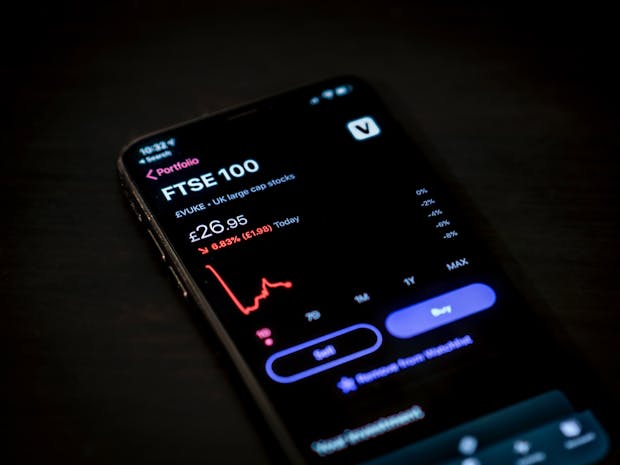5 low-risk options for your investment portfolio

source: photo by jamie street on unsplash
when formulating your investment plan, it's a good idea to take your risk appetite and ability into consideration. it would also help to understand your preference - whether you want high-return investments or you're satisfied with-low return investments. you can also use various calculators such as a ppf calculator to plan your investments.
investments which are stable and not subject to too much volatility are known as low-risk investments. those investments which are risky and volatile are called high-risk investments. similarly, we can classify by return into high- and low-return investments.
if you prefer low-risk investment options, here are 5 low-risk investment options for your portfolio:
1. fixed deposits
fixed deposits are one of the safest, most popular long-term investment options. they are also one of the most accessible investment options available, as they are offered at nearly all commercial banks, public and private. all you need is a bank account to avail a fixed deposit facility.
interest rates vary from bank to bank, but many banks offer an interest rate of 6.5% on the deposits. you can opt for cumulative fixed deposits or non-cumulative fixed deposits. under cumulative deposits, your interest is paid after the maturity period. under the non-cumulative option, interest is paid out monthly, quarterly, half-yearly or yearly, based on your preference.
2. public provident fund (ppf)
the public provident fund (ppf) is a popular savings and investment scheme started by the government of india. this scheme is quite popular because one can make investments with small amounts under this scheme. this scheme is considered a safe option, as you gain fixed interest on the deposits. you can either invest the entire amount in one go or invest in intervals.
an amount of up to ₹1,50,000 is also deductible from your total taxable income under section 80c of the income tax act.
the interest rate for ppf is 8%, and the maturity period is 15 years. try a ppf return calculator to estimate your returns.
3. mutual funds
those who want to invest in equities and other securities can choose to invest in mutual funds, where the mutual fund invests on your behalf in various stocks. since the investment is diversified, the risk is comparatively lower than directly dealing with stocks.
there are risks with mutual funds, but you also get higher returns than other low-risk investment options, making it a good choice for investors with high risk tolerance.
4. real estate
real estate is considered to be the safest form of investment, as property prices generally appreciate. housing prices continue to rise, as demand increases. this is an asset that can offer good long-term returns.
5. gold
gold is considered a safe asset, as its value will not depreciate after a certain point. in times of uncertainty, gold is the most secure asset.
it would be best to diversify your portfolio with low-risk, mid-risk and high-risk investments to gain profitable returns and minimise your risk. cred is a great tool to use for getting calculation on the various investments you undertake. you can calculate a range of investment options and returns using cred's calculators.



